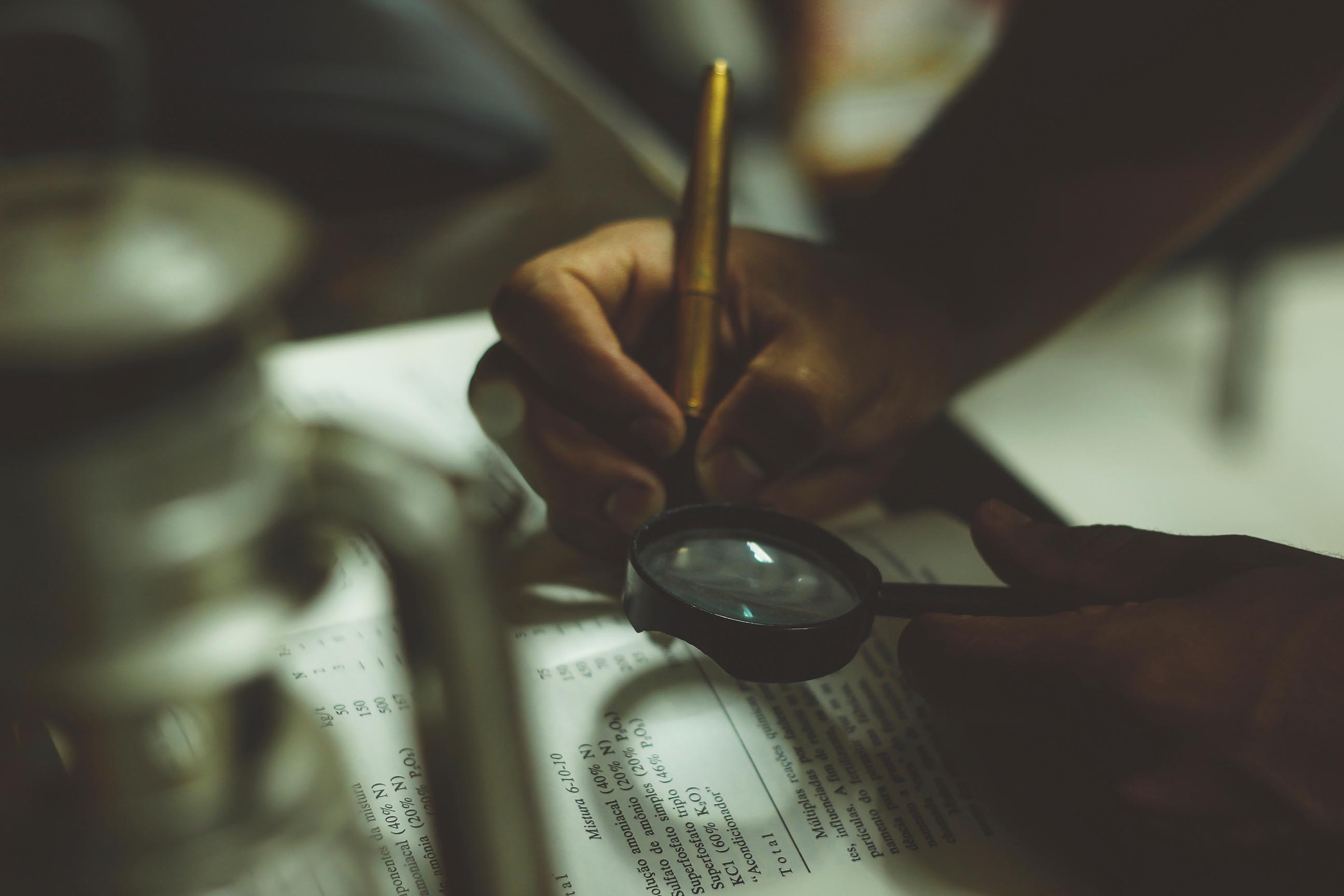‘The Nagoya Protocol: Its impact on access & benefit sharing, patent applications and the utilisation of genetic resources’.
Today sees the release in paperback of the first book by Millicent Ligare in this field.
The Nagoya Protocol on Access to Genetic Resources and the Fair and Equitable Sharing of Benefits Arising from their Utilization to the Convention on Biological Diversity was adopted on 29 October 2010 in Nagoya, Japan, and entered into force on 12 October 2014.
Now the debates are in full swing across the world about how to implement the protocol at the domestic level.
If you feel perplexed by topics such as “International access and benefit sharing regimes under the CBD, ITPGRA, IGC & TRIPS”- then this is the book for you.
Written for everybody interested in the Nagoya Protocol, those who did not realise it existed, and those who do not know how it will affect them, this concise, but extensively referenced work, is a must for students of the topic.
This book demystifies
- The historical background to the protection of IPRs
- What is ‘Access and Benefit Sharing’?
- The position of ABS under the CBD
- The position of ABS under the TRIPS Agreement
- Patent applications and the utilisation of GR, post-CBD and post-TRIPS
- The implications for ABS, patent applications and utilisation of genetic resources, after Nagoya.
The author: Millicent Ligare is an Advocate of the High Court of Kenya, and holds an LLM from the University of the West of England, Bristol.





